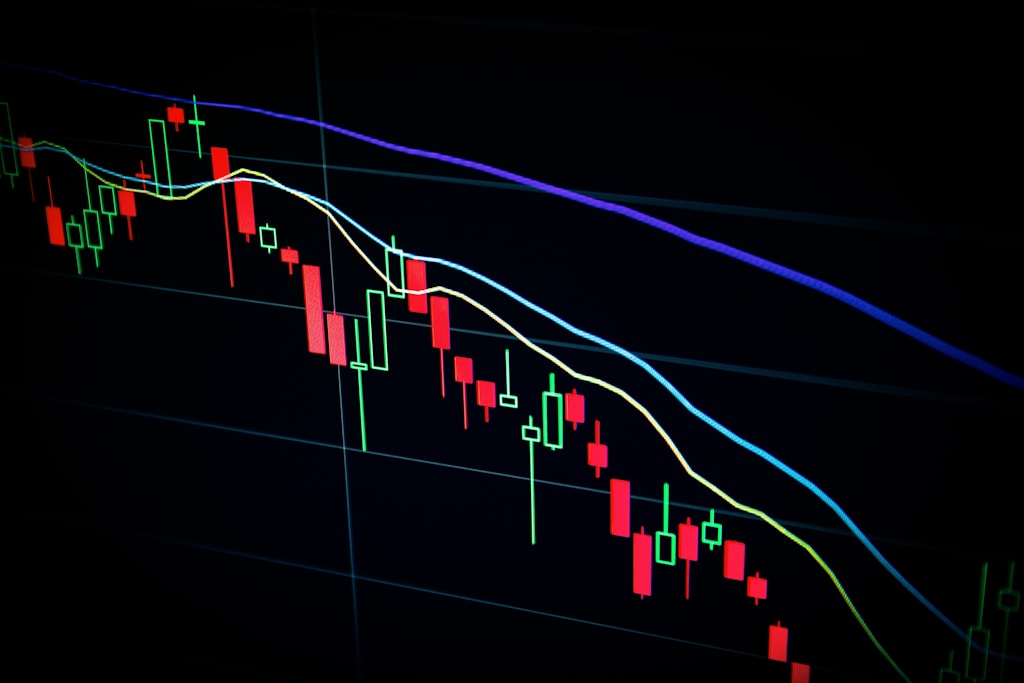Ethereum (ETH) continues its impressive market performance, recording a 3.16% gain amid Bitcoin’s recent surge to new all-time highs. The leading altcoin has demonstrated remarkable strength over the past month, with a substantial 44.69% price increase that has caught the attention of market analysts and investors alike.
As Bitcoin reaches new heights at $111,000, Ethereum’s technical patterns suggest it may be preparing for its own significant breakout.
Inverse Head and Shoulders Pattern Signals Potential Breakout
Renowned crypto analyst Ted Pillows has identified a compelling inverse head-and-shoulders pattern on Ethereum’s 12-hour chart, traditionally one of the most reliable bullish reversal indicators in technical analysis. This pattern’s formation suggests ETH could be positioning itself for a decisive move toward the $3,000 mark.
The pattern’s structure has developed as follows:
- Left Shoulder: Formed in February at $2,000 support level
- Head: Reached during April’s dip to $1,400
- Right Shoulder: Currently forming near $2,700 resistance
Critical Price Levels and Breakout Scenario
The neckline resistance at $2,700 represents a crucial threshold for ETH bulls. Despite two recent rejections at this level, a successful breakthrough could trigger a swift rally to $3,000, representing a potential 17.4% gain from current prices.
On-Chain Metrics and Market Overview
Current market data shows Ethereum trading at $2,500, with a modest 0.34% daily gain. While trading volume has decreased by 58.22% to $12.35 billion, several key metrics suggest underlying strength:
- Network fees down 23.9%, indicating potential accumulation phase
- First exchange inflows in 4 months totaling $74 million
- Price resilience despite increased selling pressure
FAQ Section
What is the significance of the inverse head and shoulders pattern?
This pattern is considered one of the most reliable bullish reversal indicators, typically signaling the end of a downtrend and the beginning of an upward movement.
What could prevent Ethereum from reaching $3,000?
Key resistance at $2,700 must be broken first. Failed attempts could lead to consolidation or potential retracement to support levels.
How does Bitcoin’s performance affect Ethereum’s price action?
While Ethereum has shown increasing independence, Bitcoin’s correlation with ETH has reached record lows, suggesting a potential decoupling in price action.






